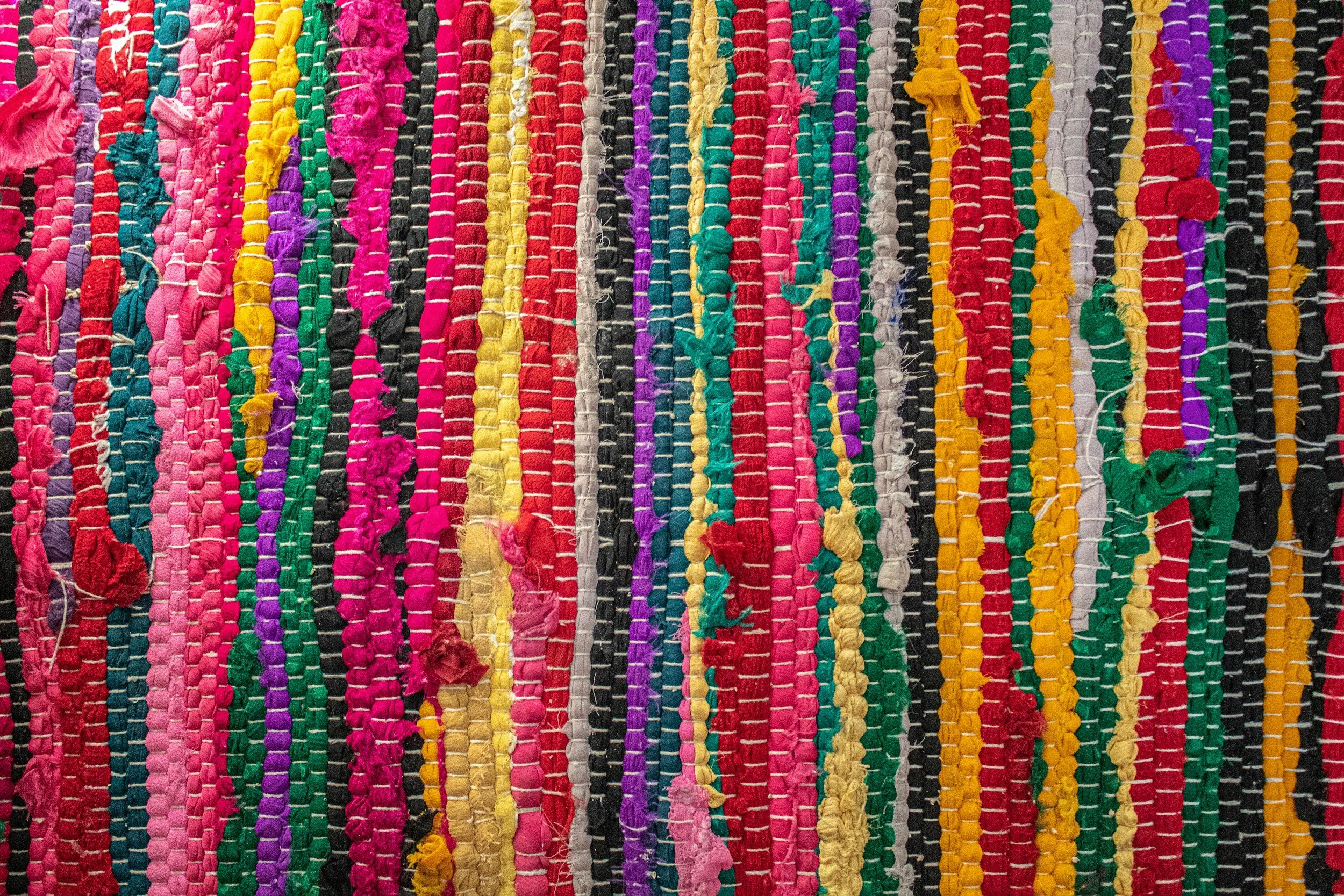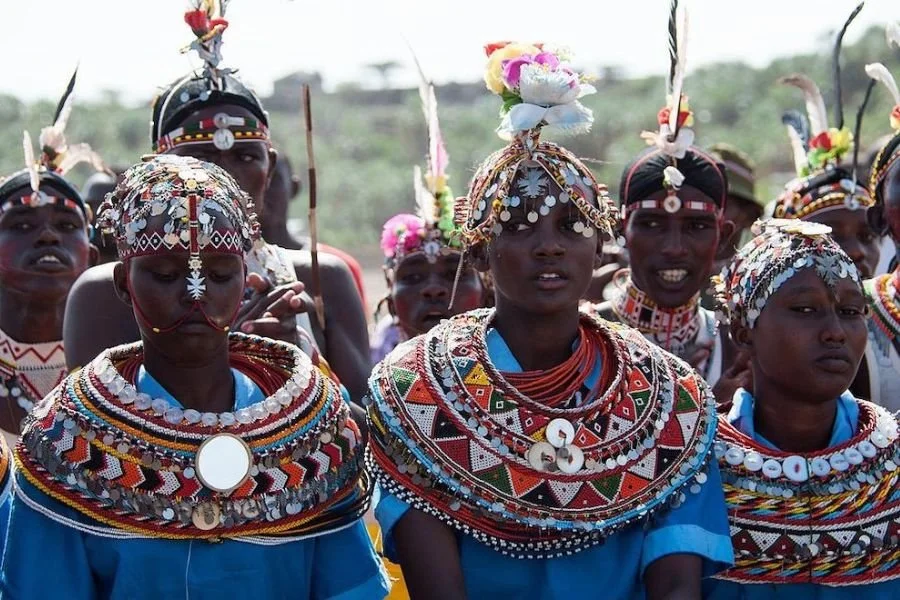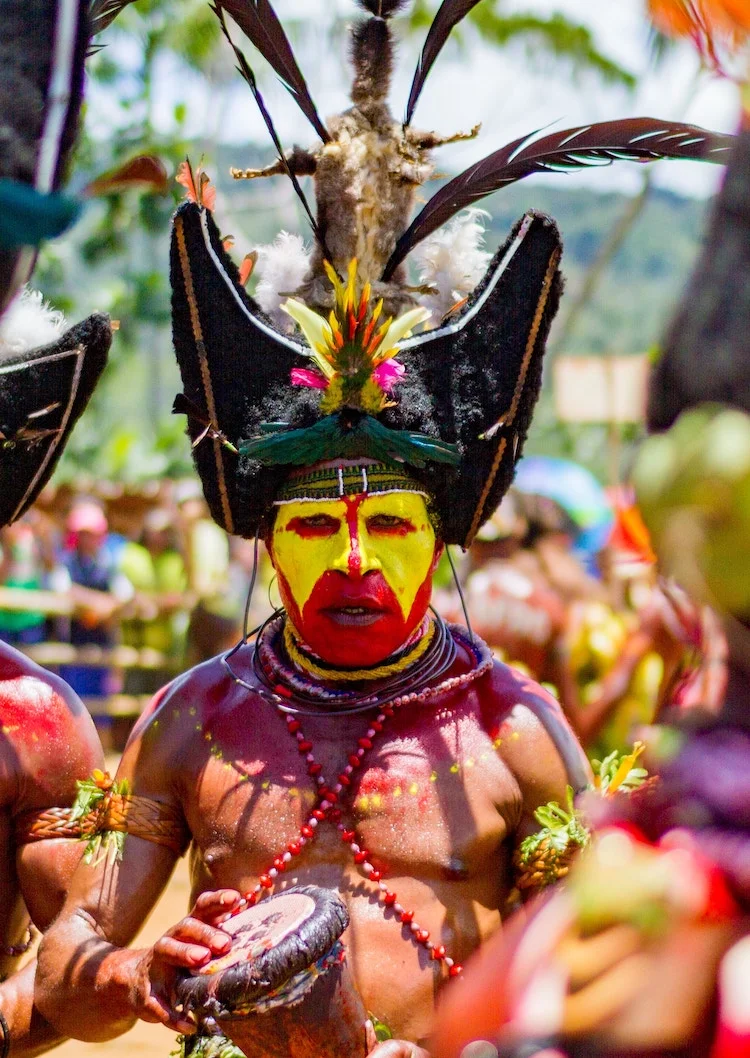Indigenous Rights
There are approximately 370 million Indigenous people throughout the world. Indigenous peoples are the original inhabitants or settlers of any given region (in contrast to those who later settled or colonized the area). The movement to secure rights for Indigenous peoples can be seen as part of a larger process of decolonization.
The following documents illustrate the continuing importance of working to promote and protect the rights of Indigenous communities around the world – many of which continue to be marginalized within larger society.




